Nidipine SR-20 | Tablet | 10 pcs
৳ 6.40
Brand Name: Nidipine SR Tablet (Sustained Release)
Generic: Nifedipine
20 mg
Manufacturer: Square Pharmaceuticals Ltd.
Unit Price: ৳ 0.64 (10 x 10: ৳ 64.00)
Strip Price: ৳ 6.40
Indications
Nifedipine is indicated in the management of all types of essential & renal hypertension. Also indicated in the management of hypertension during pregnancy & during coronary by pass surgery.
Nifedipine is also used for prophylaxis and the treatment of unstable & variant angina, myocardial infarction, and silent myocardial ischaemia. Moreover Nifedipine is also used in Raynaud’s phenomenon & heart failure.
Therapeutic Class
Pharmacology
Dosage & Administration
Nifedipine 10 mg:
- Angina: Initially 10 mg 3 times daily with food increased to 20 mg 3 times daily if necessary, in elderly patients, initially 5 mg 3 times daily.
- Raynaud’s Phenomenon: 10 mg 3 times daily; maximum 60 mg daily. In urgent cases, the tablet should be dissolved under the tongue like a sublingual tablet. The effect occurs within some minutes.
Nifedipine 20 mg: The starting dose for patients, not previously prescribed Nifedipine products is one tablet once daily. The recommended dose in hypertension and angina prophylaxis is 20 mg twice daily during or after food. Dosage may be adjusted within the range 10 mg twice daily to 40 mg twice daily.
Patients with liver dysfunction should commence therapy with 10 mg twice daily with careful monitoring.
Patients with renal impairment do not require adjustment of dosage.
Interaction
- ACE inhibitors: Enhanced hypotensive effect.
- Anti-arrythmics: Plasma concentration of quinidine is reduced.
- Anti-bacterials: Rifampicin possibly increases metabolism of Nifedipine.
- Anti-epileptics: Plasma concentration of phenytoin increases.
- Antipsychotics: Enhanced hypotensive effect.
- β-blockers: Occasionally severe hypotension and heart failure may occur.
- Cyclosporin: Plasma concentration of Nifedipine possibly increases.
- Muscle relaxants: Effect of muscle relaxants e.g. tubocurarine increases.
- Ulcer healing drugs: Metabolism of Nifedipine increases.
Contraindications
Side Effects
Pregnancy & Lactation
Precautions & Warnings
Storage Conditions
| Generic Name | Nifedipine |
|---|---|
| Size | 20 mg |
Only logged in customers who have purchased this product may leave a review.


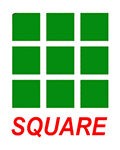


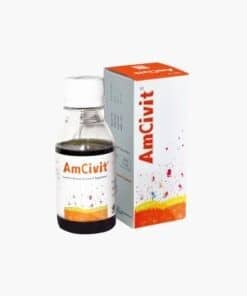
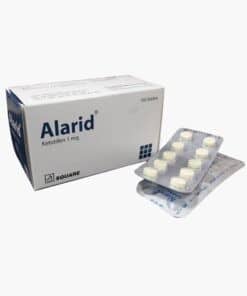
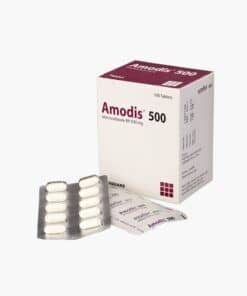
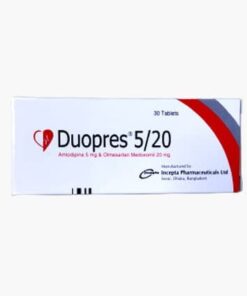
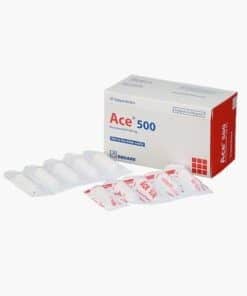
Reviews
There are no reviews yet.